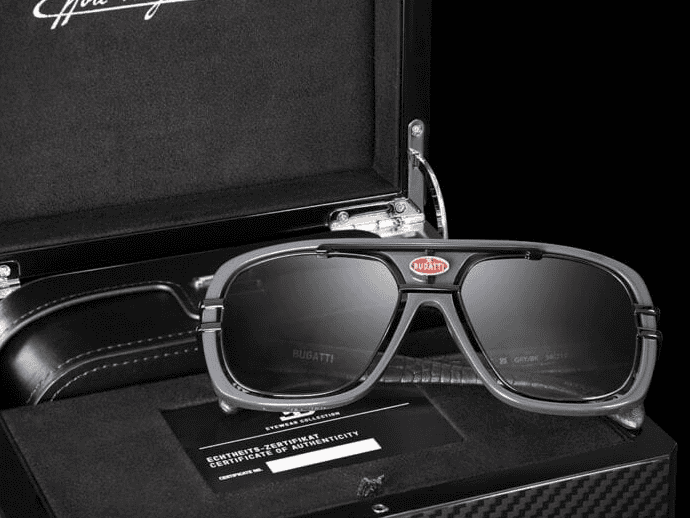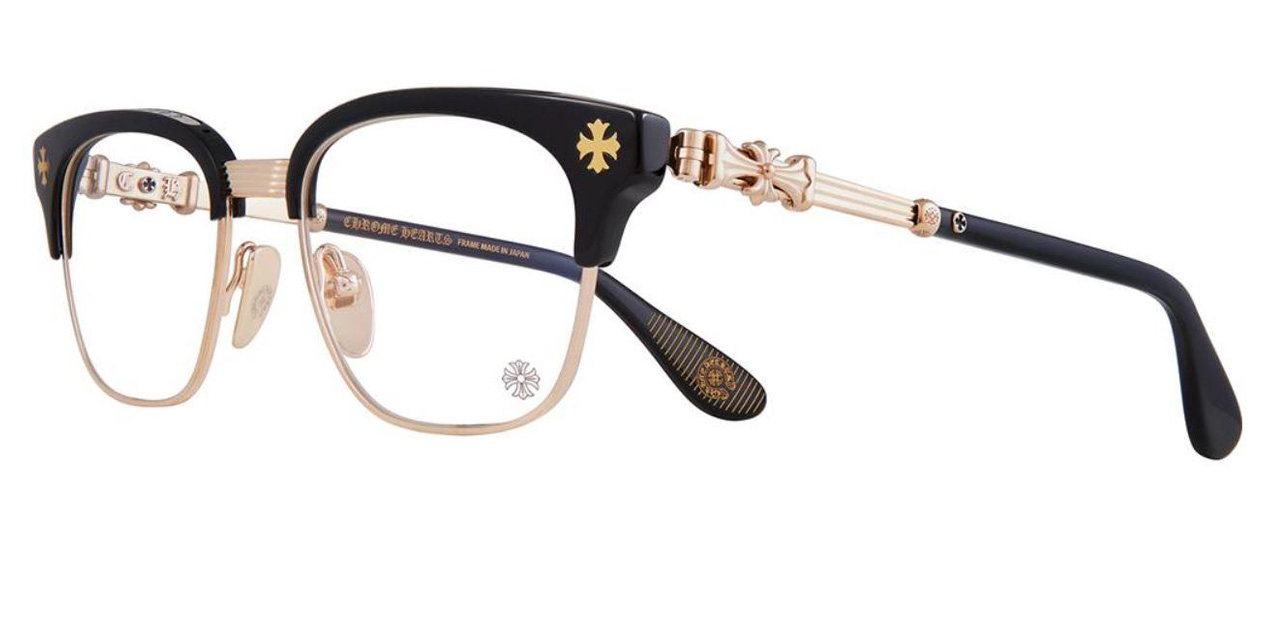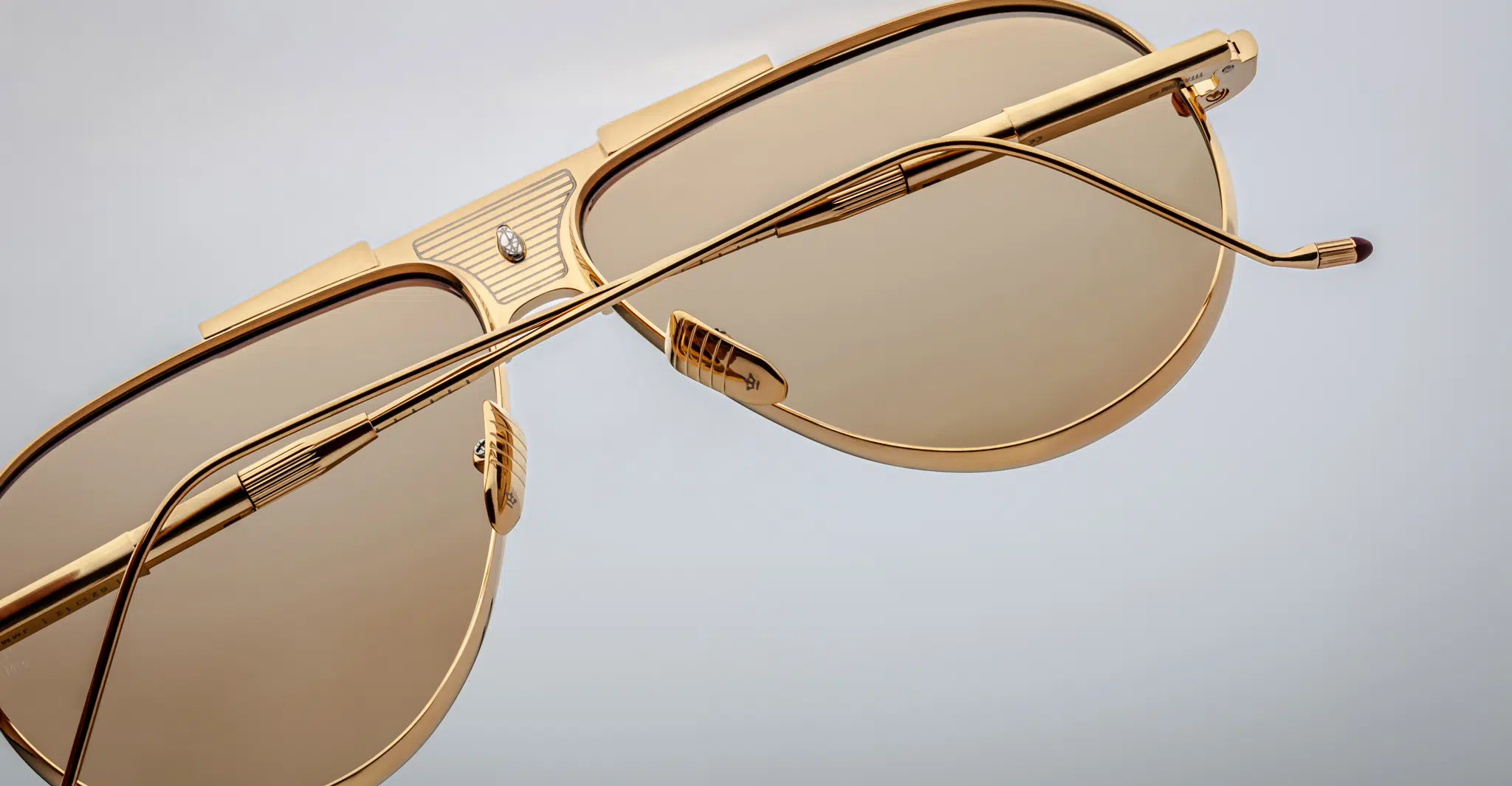Collecting eyewear is an underrated niche yet to be explored by many, blending practicality with art, craftsmanship and luxury. For some, it’s about finding rare and exclusive pieces that stand out, while for others, it’s about expressing personal style in an ever-evolving collection. Eyewear collecting goes beyond just utility—it is a way to make a statement, stand out, and even make a solid investment.
Why Collect Eyewear?
Eyewear offers a unique opportunity to combine fashion and function. While glasses serve the purpose of vision correction or protection, they should be seen as more of a fashion item, like watches or shoes. With such a wide range of unique glasses available collectors can treat each pair as a wearable piece of art. Independent eyewear brands, in particular, offer distinctive designs that tell stories through their materials, craftsmanship, and often-limited production runs.
Some collectors are drawn to eyewear for the personal narratives each frame tells. The design, materials, and even the history of a particular brand can evoke a sense of connection. Limited edition frames or those made from rare materials like buffalo horn or gold add an extra layer of exclusivity and desirability. Furthermore, eyewear collections reflect the wearer’s unique aesthetic, offering something to be passed down through generations.
How to Start Collecting Eyewear
Building a meaningful eyewear collection requires a thoughtful approach. The first step is to become familiar with the independent eyewear market. Independent brands often emphasize quality and craftsmanship, making their frames more desirable for collectors. Brands like Jacques Marie Mage, AHLEM, and DITA are known for their outstanding quality, limited edition collections, unique designs, and the stories their frames tell.
Setting a budget is essential. Some frames can be quite expensive, especially limited or numbered editions. Starting with a clear understanding of how much to invest allows for a focused collection that can grow over time. Key features to look for when collecting eyewear include limited production runs, exceptional materials, and handcrafted quality. Eyewear made from acetate, buffalo horn, or 24kt gold is often sought after for its rarity and luxurious feel.
Being part of the eyewear community also enhances the collecting experience. By attending trunk shows, following designers on social media, or joining eyewear clubs, collectors can stay informed about new releases and upcoming trends. Additionally, connecting with others in the community can provide valuable insights into what makes certain frames desirable or valuable.
Building Your Collection
As your collection begins to grow, you may want to diversify it with a variety of styles and materials. Incorporating frames from different eras, for instance, adds depth and variety. Vintage eyewear, along with contemporary designs, helps create a collection that spans time periods and trends, making each piece a conversation starter.
Quality should always be a priority when collecting eyewear. Independent brands are known for their dedication to superior craftsmanship, often surpassing mass-produced frames in both durability and aesthetic appeal. Frames made from high-end or unique materials like Japanese acetate, wood, and buffalo horn not only provide uniqueness but also elevate the collection. The care put into handcrafted frames makes them more collectible, offering a tactile quality that mass-produced glasses lack.
Limited edition or numbered frames offer additional value to a collection. The scarcity of these frames creates demand, and in many cases, their aftermarket value can increase over time. Collectors often seek out numbered editions for this reason, knowing that they are investing in something that is not only unique but likely to appreciate in value. For example, certain Jacques Marie Mage collections are renowned for their exclusivity and resale potential, as each frame is numbered and only available in limited quantities.
Finally, eyewear can be more than just a utilitarian object. Each frame in your collection tells its own story, whether it’s from a designer collaboration, a limited-edition release, or simply the inspiration behind its creation. Glasses are generally the first thing you notice when you see someone and this storytelling aspect makes eyewear one of the most engaging collectibles because it allows collectors to express their identity through what they wear.
Storing and Displaying Your Eyewear Collection
Proper storage is key to maintaining the condition and value of a collection. Storing eyewear in hard cases and using microfiber cloths for cleaning are basic steps to ensure longevity. Keeping glasses out of direct sunlight and away from humidity will also help preserve their condition over time.
For those who want to display their collection, there are custom cases and stands available specifically designed for eyewear. Many collectible eyewear brands, such as Jacques Marie Mage and Mykita, offer specialized display options. These cases not only protect the frames but also allow collectors to showcase their eyewear like art pieces. Displaying frames on shelves or in custom cases adds a personal touch to the collection, making it a focal point in any room.
Collectors should also consider the environmental factors that can impact eyewear. Sunlight, heat, and moisture can all damage materials like acetate and horn. Ensuring the right conditions are maintained will keep the collection looking pristine. If a collector plans to travel with valuable eyewear, proper storage cases should always be used to avoid damage.
The Aftermarket and Investment Potential of Eyewear
Eyewear, like many other collectibles, has the potential to increase in value over time. Limited edition and numbered frames, in particular, often become more valuable as they become harder to find. Many collectors track the aftermarket value of frames, looking for opportunities to sell or trade for other rare pieces.
Platforms like online auctions or specialized resale shops cater to collectors seeking out hard-to-find frames. Jacques Marie Mage, known for its exclusive limited runs, is a prime example of a brand whose frames have been resold at significantly higher prices due to their rarity and high demand. Collectors who invest in these types of frames often see returns on their purchases, making eyewear a legitimate collectible for those looking for long-term gains.
However, it’s not just about resale value. For many, the true joy comes from building a collection that represents personal style and taste. The story behind each pair, the unique materials, and the craftsmanship all contribute to making eyewear a personal investment beyond just financial returns.
Collecting eyewear is an exciting and deeply personal endeavor. Whether you are drawn to the artistry, the investment potential, or simply the joy of owning something unique, building an eyewear collection offers endless possibilities. With thoughtful care, proper display, and a keen eye for quality, a collection of eyewear can grow into a reflection of personal style, taste, and even history. Whether collecting for passion or profit, each frame tells its own story, and that is what makes eyewear a truly fascinating collectible.
Discover independent eyewear with Project Spex. Every Friday, we deliver the latest in collectible eyewear and your favorite independent designers.
Sign up now and never miss a thing!

Will Benjamin is an advocate for independent eyewear and one of the driving forces behind Project Spex. With a passion for unique, collectible, and limited-edition eyewear, Will aims to inspire people to build their own collections through Project Spex, while supporting the success of independent opticals.
About The Author:
Our website is listed in fashionlistings.org – Eyewear Listings







